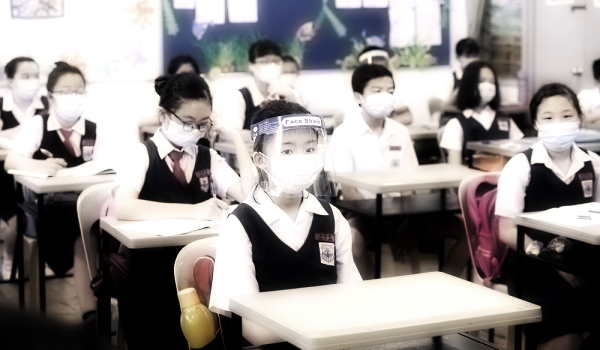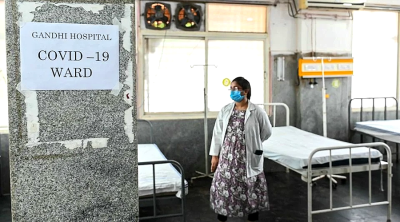Students must learn how to protect themselves against the virus before they return to school.
Education senior minister Mohd Radzi Md Jidin recently made an announcement on school reopening: for schools with fewer than 600 students, all must go back to school. And for schools with more than 600 students, primary school Years 3, 4 and 5 students will go back to school on rotational basis, while all secondary school students will go back to school from April 4, except those from boarding schools.
Parents are very concerned about the health of their children in the midst of the heightening pandemic. Following the minister’s announcement, it is essential for parents and school authorities to make early preparations before school reopening.
Over the past two years of the pandemic, Malaysian schools have been closing and opening now and then, with students having to go on home learning. Although home learning will effectively reduce the students’ risk of infection to a certain extent, their progress of learning will invariably be compromised, too, especially for those living in remote rural areas where connectivity is poor.
After two whole years of intermittent home learning, parents have come to accept the fact that this is an expedient plan due to the pandemic, and wherever possible, their children should go back to school for physical classes with face-to-face guidance from their teachers.
It has become a consensus that classroom teaching is still the most effective way of learning for the students. However, this will also entail safety and health risks, and this explains why many parents remain very cautious.

Education-related infection clusters are nothing new, including those in boarding schools, primary and secondary schools across the country. This shows that there is always a certain level of risk in relation to students going back to school for classes.
It is therefore imperative that the education ministry, school authorities, teaching staff, parents and students work together closely to minimize the risk of infection to prevent the emergence of new clusters at their schools.
The ministry has cited eight reasons for education-related clusters, including teaching staff testing positive for COVID-19 continuing to work at school, spreading the virus to other people.
We can only effectively prevent the spread of the virus to the schools if all parties concerned remain highly alert and do their parts to fight the virus.
While the education ministry and school authorities are responsible for SOP compliance at school, full cooperation from students and their parents are equally indispensable.
With daily new infection numbers now hovering around the 30,000-mark, and with students going back to their schools very soon, fending off the virus is a highly challenging task at this juncture.
Worryingly, many children under the age of 12 have yet to be vaccinated. As of last Saturday, a total of 123,053 children under 12 had been infected with the virus. Some experts have therefore proposed that only fully vaccinated children be allowed to return to school.
Now that the announcement is made, what follows now is how all relevant parties should work together to prepare the school children for a safe learning environment, and live with the virus.
Although the Omicron variant is less destructive than previous strains, its superior transmissibility must never be downplayed.
Simply put, students must learn how to protect themselves against the virus before they return to school.
ADVERTISEMENT
ADVERTISEMENT








































